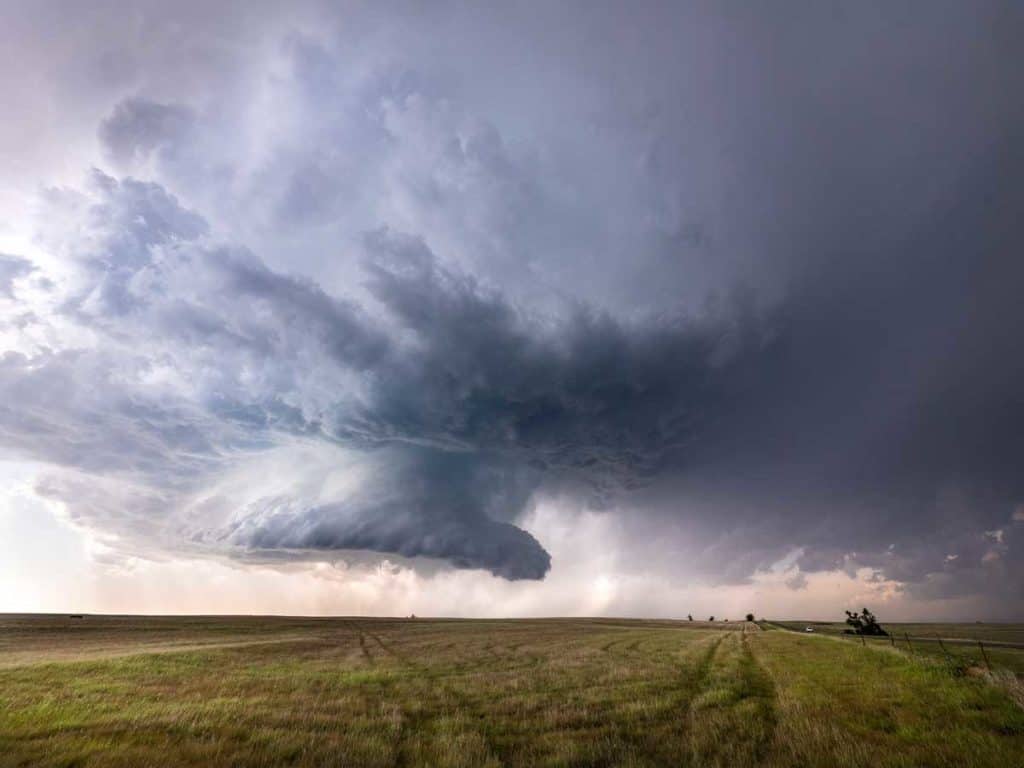A well-balanced diet that includes fruits and vegetables seems easy enough, but there are areas that don’t have access to these foods. Food insecurity is way too prevalent in the United States, and unfortunately our own indigenous people have suffered and still continue to suffer. Historically, Native American reservations have experienced food insecurity thanks to the lack of healthy foods, resources, and living wage opportunities.
Native American reservations often have some of the highest rates of food insecurity, poverty, and diet-related diseases due, in part, to past and present day inequities. One out of every four indigenous people experience food insecurity compared to 1 in 9 Americans, overall. Native American families are 400% more likely to report food insecurity.
Dependent on the Government
The United State government provides food commodities to low-income Native Americans, just like with low-income Americans, but these are often low in nutritional value and add to health issues Native Americans face on the reservation. These foods have only helped contribute to the health issues that tribal members face, and healthy food is often scarce or non-existent. The foods provided by the government are often loaded with carbohydrates and are high in fat, which has contributed to poor health in the Native American community.

Health Issues
Native Americans face multiple health issues, including the highest rate of type 2 diabetes in the country, and they are twice as likely than other Americans to die from diabetes. An estimated 42 percent of Native Americans also struggle with obesity.
According to ihs.gov, Native Americans and Alaska Native people have experienced a much lower health ranking than most other races in the United States. Lower life expectancy, food insecurity, diabetes, and other diseases are due largely to inadequate education, poverty, lack of quality medical care, limited healthcare services, and cultural differences. From 2009 to 2011, heart disease, malignant neoplasm, unintentional injuries, and diabetes were all leading causes of American Indian and Alaska Native deaths.
A Call to Action
November is “Native American Heritage Month,” and it is one of many times we get to acknowledge the experiences and contributions Native Americans have made in the United States. We can also use this time to give back. During the month of November, donating to any food bank that helps deliver food to Native American communities and reservations could help tremendously. However, there is no reason to wait until November. You can contribute any time of the year by volunteering or donating to Against Global Hunger.
Volunteer With Against Global Hunger
Based out of Tulsa, Oklahoma, Against Global Hunger has developed partnerships with like-minded schools, organizations, and church groups in an attempt to curb the hunger problem facing Tulsans, Oklahomans, and the rest of the world. AGH creates partnerships with churches, organizations, and groups that volunteer by packaging highly nutritious food and distributing it to those in need.
Our goal is to get much-needed food to those who need it most, and we can’t do it without the amazing help from our partners. These partnerships and volunteers are crucial to the success of the organization.
Here are just a few examples of how you can help Against Global Hunger:
- Filling food boxes
- Cleaning
- Filing
- Moving boxes
- Labeling bags
- Answering the phone
- Helping set up for an event
Hunger During the COVID-19 Pandemic
The COVID-19 pandemic completely changed how organizations operate, and food packing and distribution wasn’t immune to the illness and the fallout from it. During the pandemic, schools and food pantries provided meals for students and seniors in an effort to get food into the hands of people that desperately needed it. Food banks became bare and keeping them stocked was nearly impossible. Food insecurity was around long before COVID-19, but the lockdowns and safety mandates made it increasingly more difficult to combat. Food shortages, job layoffs, limited household budgets, and social distancing made food insecurity even worse in 2020 and 2021.
Now that millions of people have been vaccinated and the mandates have begun to disappear, AGH has started to build up our efforts to end hunger in Tulsa and the world.
